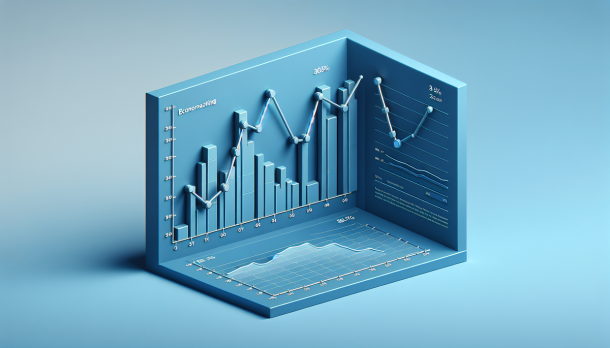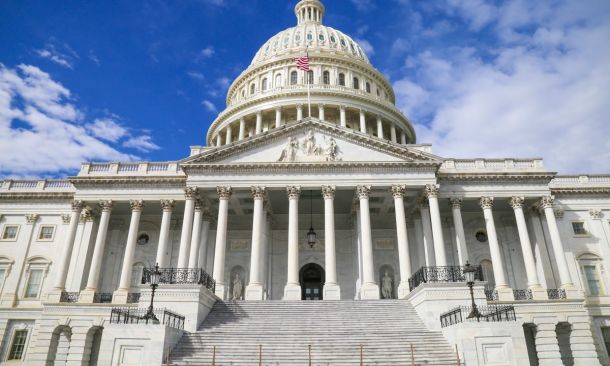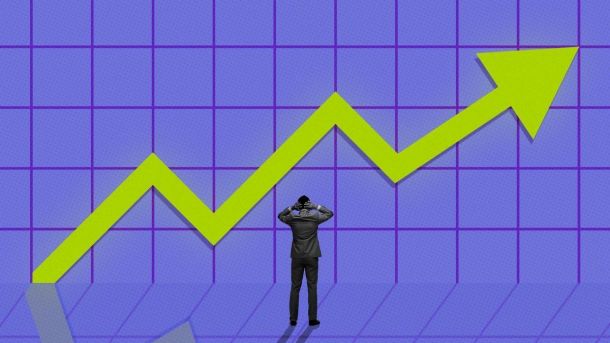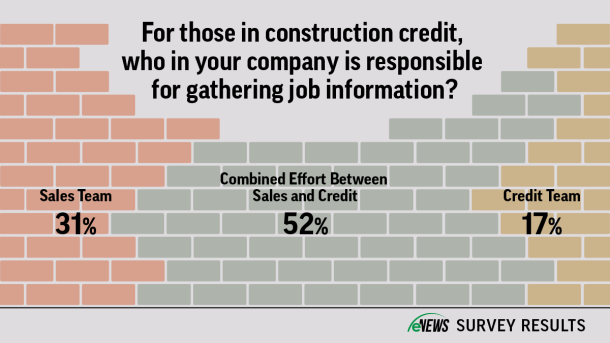Nov 6, 2025
eNews
October CMI sees recovery, but comments are “starkly negative”
NACM’s seasonally adjusted combined Credit Managers’ Index (CMI) for October 2025 improved 2.1 points to 54.5. “The index recovered most of last month’s drop and remains in expansion, but the statements made by respondents are worrying,” said NACM Economist Amy Crews Cutts, Ph.D., CBE. “The respondent comments are starkly negative, citing increased business failures and bankruptcies, lien filings and demands for extended terms.”
The Index for Unfavorable Factors improved 1.6 points, sitting at 50.4 points after being in contraction last month.
Disputes slipped 0.3 points to 48.8…







